
From bonsai, an art form which has existed for ove ...
- May. 28. 2025

Karuizawa has long been Japan’s most prestigious summer retreat. Over the years, this charming resort town has quietly evolved beyond its reputation as an escape for Tokyo’s elite, emerging as one of Japan’s most compelling art destinations. From world-class contemporary galleries to intimate artist studios, Karuizawa offers international visitors a rich cultural experience that blends both Japanese and global artistic traditions.
The town’s transformation into an art hub reflects how regional cultural centers across Japan are creating alternatives to Tokyo’s museum circuit, often in more intimate and naturally beautiful settings.

“Musée Ando à Karuizawa” holds a unique distinction as the only institution worldwide dedicated exclusively to Léonard Tsuguharu Foujita, the Japanese-French painter who bridged Eastern and Western artistic traditions. Passionate collectors Taishi and Megumi Ando opened the museum in 2022 and designed it to feel more like an elegant private home than a traditional gallery space.
The red-walled main gallery showcases Foujita’s beloved cat paintings, where his meticulous line work captures feline grace with remarkable delicacy. Religious works from after his 1959 conversion to Christianity appear in a chapel-like space furnished with traditional Karuizawa wood carvings. The Salon Le Damier features a rare 1899 Steinway Model A Art Case piano that hosts intimate concerts throughout the summer season.
Currently on view through September 28 are two exhibitions: “Foujita: Landscapes with Cats” and a special 80th anniversary presentation, “Foujita: Between War and Art.”
Open 10 a.m.-5 p.m., closed Wednesdays. Admission ¥1,200.
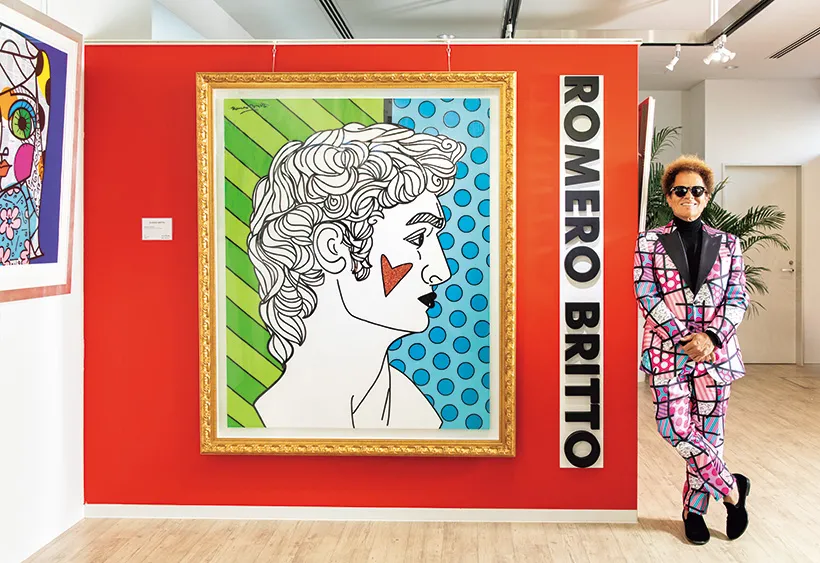
Brazilian-American pop artist Romero Britto brought his signature colorful aesthetic to Karuizawa’s famous Ginza shopping street when his gallery opened in April 2025. The space showcases Britto’s distinctive fusion of Cubism and Pop Art, including rare Disney collaborations and his playful reimaginings of art historical masterpieces.
Visitors can see Britto’s vibrant take on Van Gogh’s self-portrait and his contemporary interpretation of Leonardo’s Last Supper, showing how classic works can feel fresh and accessible. The gallery also features his celebrity portraits, including a recent work of baseball superstar Shohei Ohtani, reflecting his engagement with contemporary culture.
The bright, joyful works provide a striking contrast to Karuizawa’s serene mountain setting, adding an unexpected burst of international pop culture to Japan’s refined resort town.
Open 9 a.m.-6 p.m. daily.
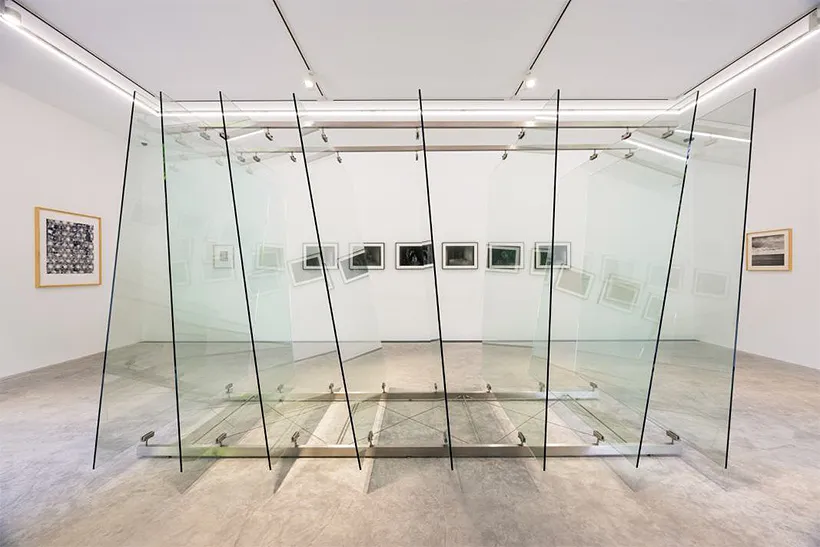
“Richter Raum” offers art lovers an extraordinary experience: stepping inside a faithful recreation of Gerhard Richter’s German studio. Every detail of the contemporary master’s Cologne workspace has been meticulously reproduced, creating an intimate encounter with one of today’s most influential artists.
The gallery displays around 20 Richter works, including Strip Sculpture Karuizawa, his largest outdoor sculpture. The current exhibition Six Photos, focuses on Richter’s photographic works and self-portraits, displayed in a forest-like setting that evokes quiet contemplation. The mesmerizing installation 8 Sheets of Glass uses precisely angled reflective panels to fragment viewers’ perceptions, exemplifying the artist’s exploration of seeing and reality.
Reservation required. Admission ¥1,200.
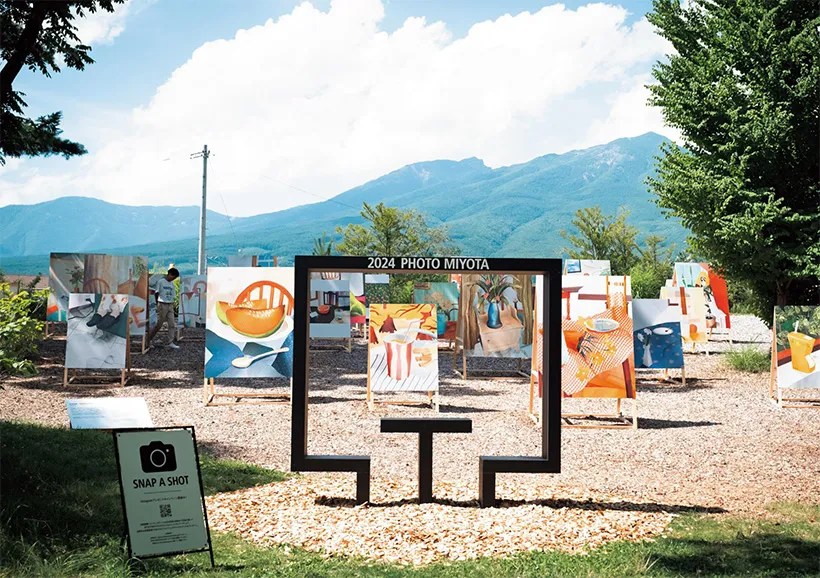
The MMoP complex introduces a unique feature to Japan’s cultural scene: an art photography museum set within expansive grounds that become part of the exhibition experience. The annual Asama International Photo Festival, running August 2-September 30 with the theme “Unseen Worlds,” transforms the facility into an outdoor gallery where international photographers display their works against the dramatic backdrop of Mount Asama.
This approach allows visitors to experience photography in dialogue with the landscape itself, creating viewing opportunities impossible in traditional gallery spaces. The complex also includes cafés, shops, and other cultural amenities, making it a destination for a full day of exploration.
The festival reflects a growing trend toward exhibitions that engage meaningfully with their natural surroundings rather than simply using them as attractive backdrops.
Open 9 a.m.-5 p.m., closed Wednesdays. Museum admission is free.
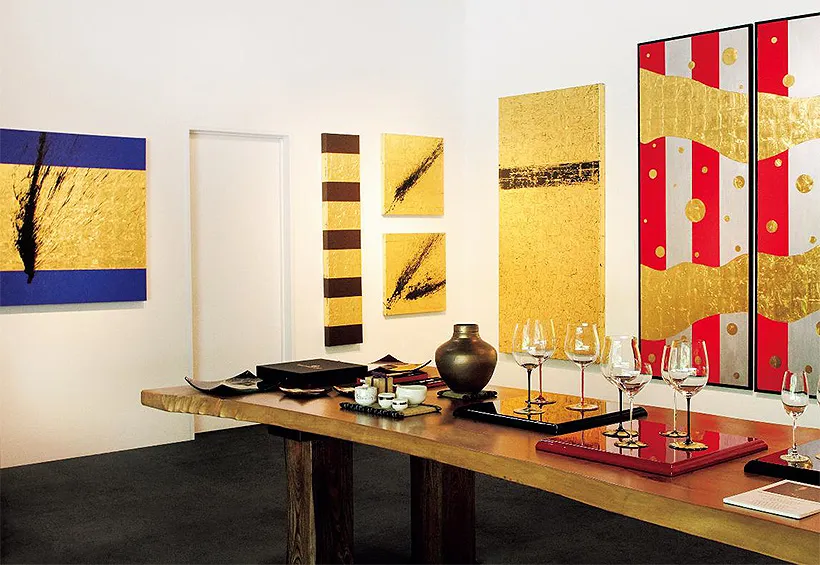
American artist David Stanley Hewett has made Karuizawa his creative home, producing works that thoughtfully bridge Japanese traditional crafts with contemporary Western artistic sensibilities. His gallery showcases paintings, ceramics, and collaborative pieces with Austrian glassmaker Riedel, all drawing inspiration from Japanese history and craftsmanship traditions.
Hewett’s work demonstrates how Western artists can engage deeply with Japanese culture while maintaining their own artistic voice, creating pieces that speak to both traditions. On September 6, visitors can meet the artist in person during a special reception, where he discusses his latest creations and cross-cultural artistic process.
The studio represents the kind of meaningful cultural exchange that Karuizawa has long fostered between Japanese and international residents.
Open weekdays 10 a.m.-5 p.m. Free admission.
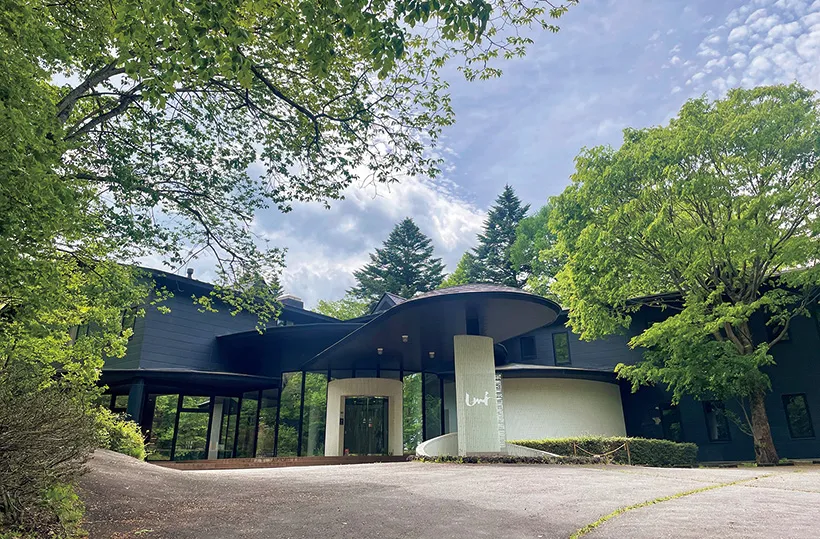
After 17 years as a cornerstone of Karuizawa’s cultural landscape, the “Karuizawa Museum of Contemporary Art” will close its doors permanently in September 2025. Its farewell exhibition, Painters Who Crossed the Sea — Finale!, presents ten Japanese artists who made their mark internationally, including Naoyuki Domoto, who joined the influential Informel movement in 1950s Paris.
The exhibition celebrates these pioneering artists and reflects on the museum’s role in establishing Karuizawa as a serious cultural destination. A short documentary on the second floor chronicles the institution’s significant contributions to the region’s artistic development.
The closure marks the end of an era but also highlights the vibrant new generation of galleries and museums that continue to establish Karuizawa as an essential stop on Japan’s cultural map.
Open 10 a.m.-5 p.m., closed Tuesday and Wednesday. Admission ¥1,000. Exhibition through September 23.
Most venues are easily accessible from JR Karuizawa Station on foot or by short taxi rides. Summer is peak season, so advance reservations are recommended. Many galleries coordinate their programming with Karuizawa’s renowned music festivals, offering visitors the chance to experience multiple art forms during their mountain getaway.
Karuizawa proves that Japan’s most compelling cultural experiences aren’t limited to Tokyo’s major museums. Surrounded by some of the country’s most beautiful natural landscapes, international visitors can discover both emerging contemporary voices and works by legendary masters in settings that complement rather than compete with the art itself.